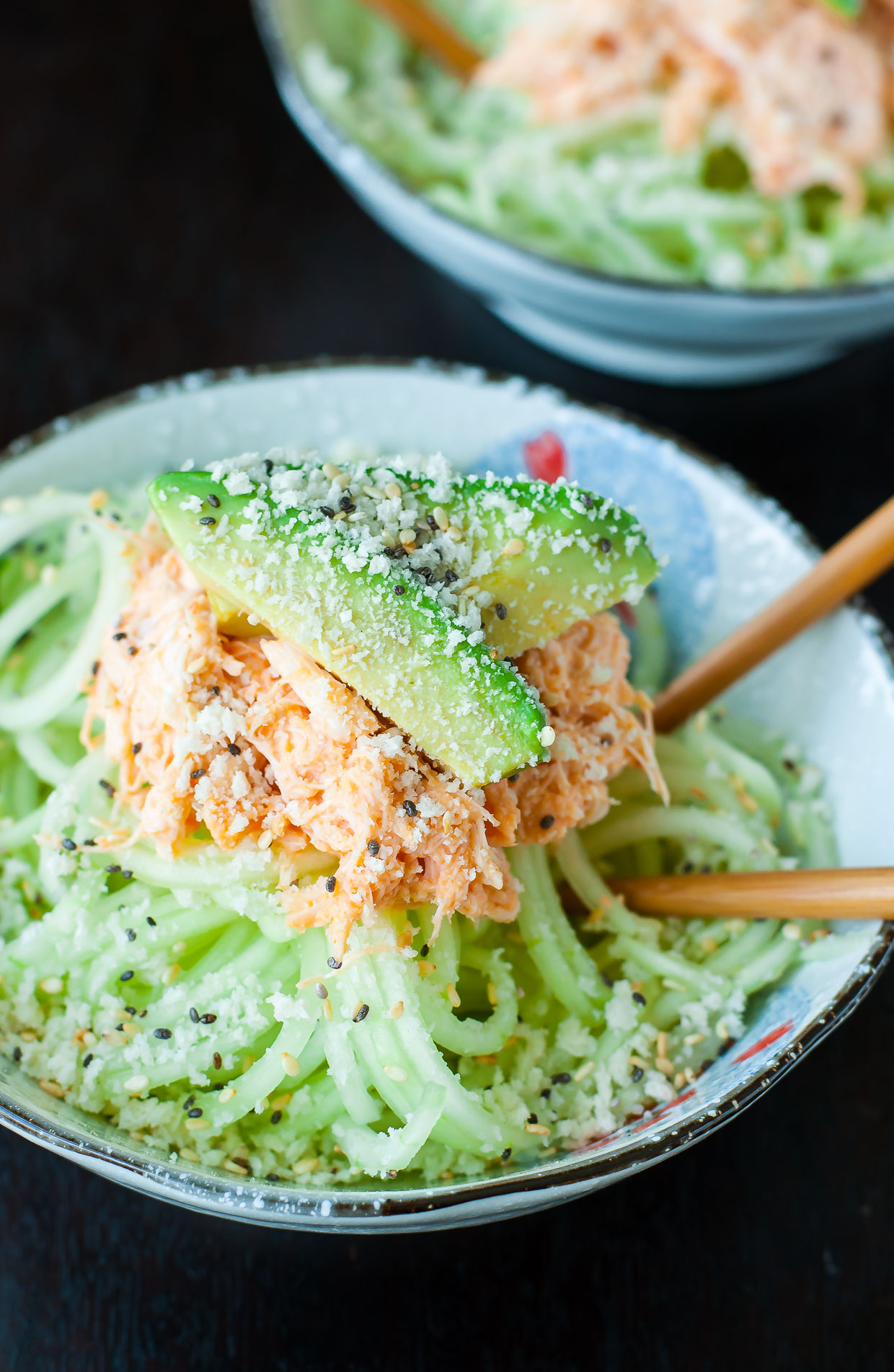Japanese Restaurant Cucumber Salad: Easy Recipe & Health Benefits
Japanese cucumber salad, known as sunomono, has deep roots in Japanese cuisine. Historically, sunomono emerged as a way to preserve vegetables. Vinegar, a key ingredient, acts as a natural preservative. Over time, sunomono evolved from a preservation method into a staple side dish. Rich in flavor yet minimal in ingredients, it embodies the Japanese culinary philosophy of simplicity and balance.
Variations Across Different Restaurants
Though traditional sunomono uses cucumbers, restaurants often put their unique spin on it. Some may add wakame, a type of seaweed, for texture. Others might incorporate shrimp or crab for added protein. The choice of vinegar can vary too, with some chefs opting for rice vinegar while others may choose a blend that includes mirin (a sweet rice wine). These variations ensure that no two servings of sunomono are exactly alike, making each dining experience unique.
Key Ingredients in Japanese Cucumber Salad
The Role of Cucumber
Cucumber is the star ingredient in Japanese cucumber salad, offering crisp texture and subtle flavor. It’s crucial to use thin-skinned varieties like Japanese cucumbers or Persian cucumbers, as they have fewer seeds and tender skin. These cucumber types absorb the dressing better, providing an ideal balance of taste and texture. Thinly slice the cucumbers to ensure even absorption and enhance the salad’s visual appeal.
Essential Seasonings and Additions
Sunomono’s distinctive taste comes from its blend of essential seasonings. Rice vinegar provides tanginess without overpowering the salad. Mirin, a sweet rice wine, adds subtle sweetness, creating a balanced flavor profile. Soy sauce brings umami depth, tying the components together. Combining these seasonings enhances the cucumber’s natural flavors.
Garnishes and additional ingredients elevate the salad. Sesame seeds offer nuttiness and slight crunch. Wakame seaweed gives a touch of umami and additional texture. Shredded crab or shrimp can be incorporated for protein and flavor complexity. These additions complement the essential seasonings, making each bite varied and enjoyable.
Health Benefits of Japanese Cucumber Salad
Nutritional Overview
Japanese cucumber salad, or sunomono, offers low calories, making it a perfect choice for a light side dish. Cucumbers contain vitamins K, C, and various B vitamins. They also provide potassium and magnesium, essential for maintaining normal bodily functions. The dressing ingredients, like rice vinegar and soy sauce, add minimal calories while contributing antioxidants and balancing electrolytes. Sesame seeds, often used as a garnish, provide healthy fats and additional minerals, including calcium and iron.
Benefits for Digestion and Hydration
Cucumbers in the salad contain high water content, aiding hydration. Staying hydrated supports overall health, including energy levels and skin appearance. The fiber in cucumbers, particularly in their skin, promotes healthy digestion, preventing constipation. Rice vinegar, a key ingredient, contains acetic acid, which can enhance digestion by increasing stomach acid production. Mirin and soy sauce not only enhance flavor but also support gut health with their amino acids and fermentation properties. Adding wakame seaweed boosts fiber and essential nutrients like iodine.
By combining crisp cucumbers with nutritious dressings and garnishes, this traditional salad offers refreshing taste and numerous health benefits.
How to Make Your Own Japanese Restaurant Cucumber Salad
Recipe and Preparation Tips
To create an authentic Japanese restaurant cucumber salad, you’ll need a few key ingredients: Japanese cucumbers, rice vinegar, sugar, soy sauce, and sesame seeds. For optimal flavor, use Japanese cucumbers since their thin skin and minimal seeds provide the best texture.
- Slice Cucumbers Thinly: Use a sharp knife or mandoline slicer to cut the cucumbers into thin, even slices. Thin slices absorb the dressing better, enhancing the flavor.
- Prepare the Dressing: Mix 1/4 cup rice vinegar, 2 tablespoons sugar, and 1 tablespoon soy sauce in a bowl. Stir until the sugar dissolves to create a well-balanced tangy dressing.
- Season: Sprinkle salt over the cucumber slices, then let them sit for about 10 minutes. This draws out excess moisture, resulting in a crispier texture.
- Combine and Toss: Drain the salted cucumbers and gently squeeze out any remaining water. Pour the dressing over the cucumbers and toss until evenly coated.
- Garnish: Sprinkle sesame seeds and, for extra authenticity, add a bit of wakame seaweed (rehydrated and drained) before serving.
Common Mistakes to Avoid
To achieve the best results, avoid these frequent pitfalls:
- Using Regular Cucumbers: Regular cucumbers’ thick skin and larger seeds can lead to a less desirable texture.
- Skipping the Salting Step: Not salting the cucumbers can result in a watery salad that lacks crunch. Salting helps remove excess water and concentrate flavors.
- Overdressing: Adding too much dressing can overpower the cucumber’s natural taste. Use the suggested amounts for a balanced flavor profile.
- Ignoring Freshness: Use the freshest cucumbers possible. Fresh cucumbers ensure a crisp and refreshing salad.
- Neglecting Proper Slicing Techniques: Uneven or thick slices can impact the texture and overall dining experience. Ensure even, thin slices for the best results.
Following these guidelines guarantees a delicious and authentic Japanese restaurant cucumber salad that highlights its refreshing and tangy qualities.
Conclusion
Crafting an authentic Japanese restaurant cucumber salad at home is both simple and rewarding. By following the detailed recipe and preparation tips, you can create a dish that’s not only refreshing but also packed with nutritional benefits. Remember to use Japanese cucumbers and slice them properly to achieve the perfect texture. Avoid common pitfalls like overdressing to maintain the salad’s delicate balance. This traditional salad is a delightful addition to any meal, offering a taste of Japanese culinary tradition right in your kitchen. Enjoy the crisp, tangy flavors and the health benefits that come with every bite.






